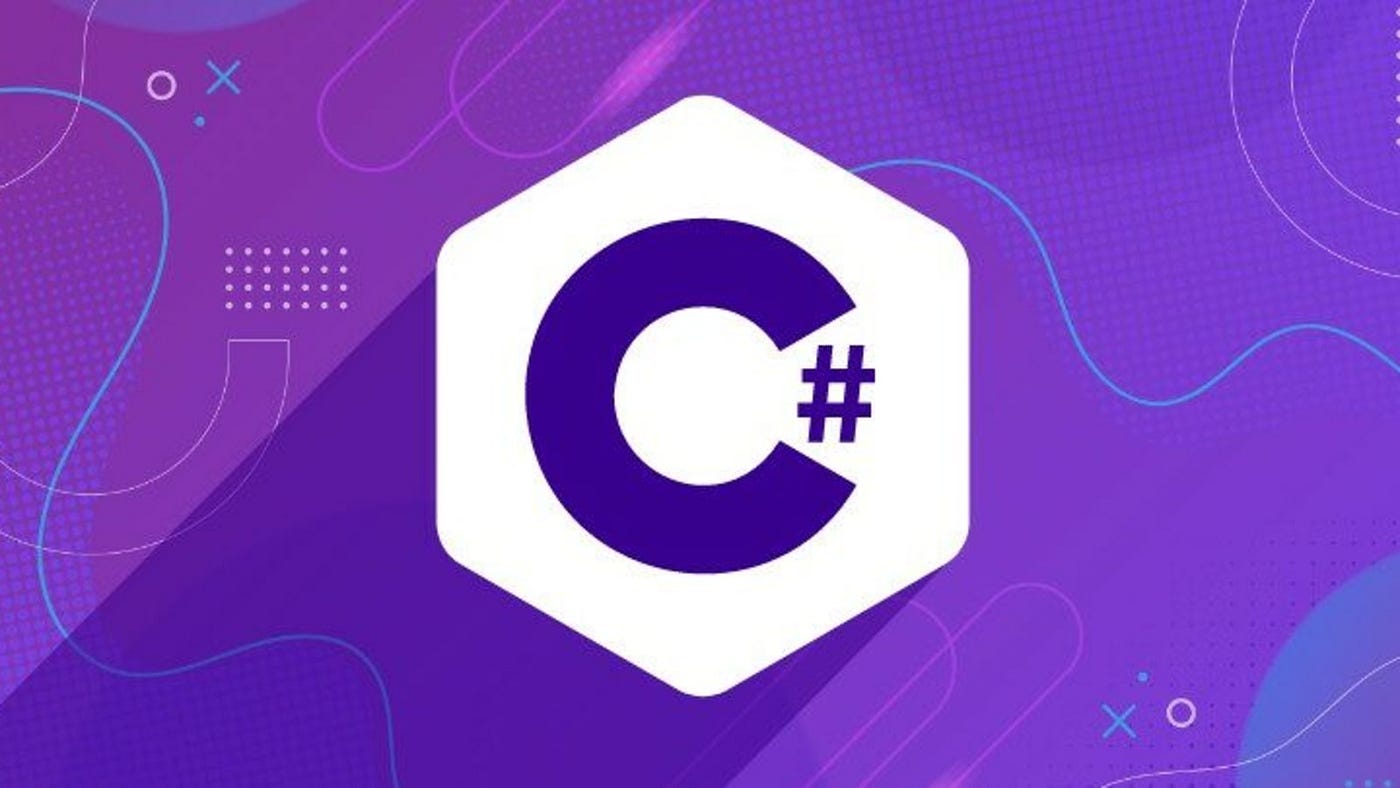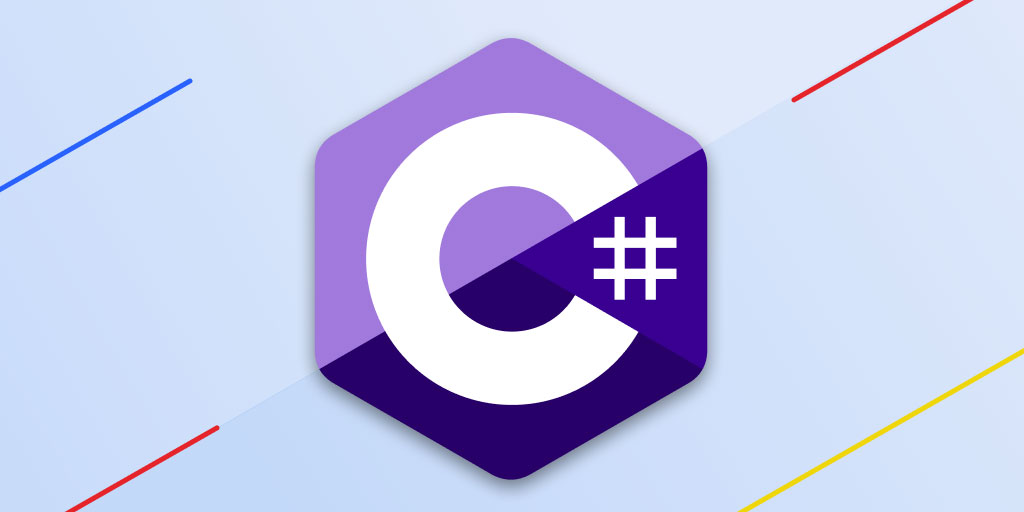C#中的抽象类和接口有什么区别?
在C#中,抽象类用于共享代码和提供默认行为,而接口用于定义无实现细节的契约。1. 当需要在多个相关类之间共享代码或提供默认实现时,使用抽象类;2. 当需要多个不相关的类实现相同行为或支持多继承时,使用接口;3. 抽象类可包含实现、字段和构造函数,接口仅定义成员签名(C# 8.0前),但从C# 8.0起接口可包含默认实现;4. 若需定义“能力”而非“种类”关系,或需解耦设计,应选择接口;5. 若需在未来添加方法而不破坏现有代码,抽象类更优;6. 现代C#中接口支持默认实现,但仍推荐接口用于能力定义,抽象类用于共享逻辑和状态。

In C#, both abstract classes and interfaces are used to achieve abstraction, but they serve different purposes and have distinct characteristics. Choosing between them depends on the design needs of your application.

When to Use an Abstract Class
An abstract class is a class that cannot be instantiated on its own and must be inherited by other classes. It can contain both implemented methods and abstract methods (which have no implementation).
You'd typically use an abstract class when:

- You want to share code among several closely related classes.
- You need to provide a common base class with some default behavior.
- You might want to add new methods in the future without breaking existing derived classes.
For example, if you're building a set of shapes like Circle, Rectangle, and Triangle, and they all share some basic logic for calculating area or perimeter, putting that shared logic into an abstract class makes sense.
public abstract class Shape
{
public abstract double Area();
public void PrintArea()
{
Console.WriteLine($"Area: {Area()}");
}
}Here, PrintArea provides shared functionality, while Area() forces derived classes to implement their own version.

When to Use an Interface
An interface defines a contract that implementing classes must follow. It contains only method signatures, properties, events, or indexers — no implementation details.
Interfaces are ideal when:
- You need multiple, unrelated classes to support the same behavior.
- You want to enable multiple inheritance of behavior (C# doesn’t allow multiple base classes, but allows multiple interface implementations).
- You’re designing for testability or dependency injection, where loose coupling is important.
A typical example is a logging system. Different logging services (like FileLogger, DatabaseLogger) may implement the same interface:
public interface ILogger
{
void Log(string message);
}Now, any class that implements ILogger must have a Log method. This lets you write generic code that works with any logger.
Key Differences Between Abstract Classes and Interfaces
Here's a quick comparison of the main differences:
Implementation:
Abstract classes can have method implementations; interfaces only define what methods should exist.Access Modifiers:
Members of an abstract class can have access modifiers (private, protected, etc.), but interface members are always public.Fields and Constants:
Abstract classes can have fields and constants; interfaces can't have fields (prior to C# 8.0), though they can have static members starting from C# 8.0.Constructors and Destructors:
Abstract classes can have constructors and destructors; interfaces cannot.Multiple Inheritance:
A class can implement multiple interfaces but inherit from only one abstract class.
So, if you need to enforce a structure across unrelated types, go with an interface. If you're modeling a family of related objects and want to share implementation, use an abstract class.
How to Decide Which One to Use
Ask yourself these questions:
Do I need to share code and state between subclasses?
→ Yes → Use an abstract class.Are the implementing types not necessarily related by inheritance?
→ Yes → Use an interface.Do I want to define a capability rather than a "kind of" relationship?
→ Yes → Interface is likely better.Will this evolve over time, and do I want to avoid breaking changes?
→ Interfaces are trickier to change once published, because all implementers must adapt. Abstract classes allow adding non-abstract methods without breaking derived classes.
In modern C#, especially from C# 8.0 onward, interfaces can now include default implementations. This blurs the line a bit, but the general guidance still holds: use interfaces for capabilities and abstract classes for shared logic and state.
That’s the core of it — not too complicated, but easy to mix up if you don’t work with them daily.
以上是C#中的抽象类和接口有什么区别?的详细内容。更多信息请关注PHP中文网其他相关文章!

热AI工具

Undress AI Tool
免费脱衣服图片

Undresser.AI Undress
人工智能驱动的应用程序,用于创建逼真的裸体照片

AI Clothes Remover
用于从照片中去除衣服的在线人工智能工具。

Clothoff.io
AI脱衣机

Video Face Swap
使用我们完全免费的人工智能换脸工具轻松在任何视频中换脸!

热门文章

热工具

记事本++7.3.1
好用且免费的代码编辑器

SublimeText3汉化版
中文版,非常好用

禅工作室 13.0.1
功能强大的PHP集成开发环境

Dreamweaver CS6
视觉化网页开发工具

SublimeText3 Mac版
神级代码编辑软件(SublimeText3)
 在C#中设计不变的对象和数据结构
Jul 15, 2025 am 12:34 AM
在C#中设计不变的对象和数据结构
Jul 15, 2025 am 12:34 AM
在C#中设计不可变对象和数据结构的核心是确保对象创建后状态不可修改,从而提升线程安全性和减少状态变化导致的bug。1.使用readonly字段并配合构造函数初始化,确保字段仅在构造时赋值,如Person类所示;2.对集合类型进行封装,使用ReadOnlyCollection或ImmutableList等不可变集合接口,防止外部修改内部集合;3.使用record简化不可变模型定义,默认生成只读属性和构造函数,适合数据建模;4.创建不可变集合操作时推荐使用System.Collections.Imm
 了解C#异步和等待陷阱
Jul 15, 2025 am 01:37 AM
了解C#异步和等待陷阱
Jul 15, 2025 am 01:37 AM
C#中async和await的常见问题包括:1.错误使用.Result或.Wait()导致死锁;2.忽略ConfigureAwait(false)引发上下文依赖;3.滥用asyncvoid造成控制缺失;4.串行await影响并发性能。正确做法是:1.异步方法应一路异步到底,避免同步阻塞;2.类库中使用ConfigureAwait(false)脱离上下文;3.仅在事件处理中使用asyncvoid;4.并发任务需先启动再await以提高效率。理解机制并规范使用可避免写出实质阻塞的异步代码。
 如何在C#应用中实施依赖注入
Jul 16, 2025 am 03:17 AM
如何在C#应用中实施依赖注入
Jul 16, 2025 am 03:17 AM
依赖注入在C#项目中的正确使用方法如下:1.理解DI的核心思想是不自行创建对象,而是通过构造函数接收依赖,实现松耦合;2.在ASP.NETCore中注册服务时需明确生命周期:Transient、Scoped、Singleton,并根据业务需求选择;3.推荐使用构造函数注入,框架会自动解析依赖,适用于控制器和服务;4.小型项目可用内置容器,复杂场景可引入第三方容器如Autofac,同时支持自定义服务注册与配置读取。掌握这些关键点有助于提升代码的可测试性、可维护性和扩展性。
 处理C#中的异常和错误管理策略
Jul 16, 2025 am 03:16 AM
处理C#中的异常和错误管理策略
Jul 16, 2025 am 03:16 AM
处理异常和错误管理的关键策略包括:1.使用try-catch块捕获异常,将可能出错的代码放在try中,catch中指定具体异常类型进行处理,避免空catch块;2.不要过度使用异常,避免用异常控制正常逻辑,优先使用条件判断;3.记录并传递异常信息,使用日志库记录堆栈信息,重新抛出时保留原始异常;4.合理设计自定义异常,用于区分系统异常和业务错误,但应适度使用;这些方法有助于构建更健壮、可维护的应用程序。
 什么是C#属性以及如何创建自定义属性?
Jul 19, 2025 am 12:07 AM
什么是C#属性以及如何创建自定义属性?
Jul 19, 2025 am 12:07 AM
要创建自己的C#自定义属性,首先需定义一个继承自System.Attribute的类,接着添加构造函数和属性,并通过AttributeUsage指定适用范围,最后通过反射读取并使用它们。例如,定义[CustomAuthor("John")]属性以标记代码作者,应用时使用[CustomAuthor("Alice")]修饰类或方法,随后通过Attribute.GetCustomAttribute方法在运行时获取属性信息。常见用途包括验证、序列化控制、依赖注入和
 使用C#中的任务并行库(TPL)
Jul 31, 2025 am 07:56 AM
使用C#中的任务并行库(TPL)
Jul 31, 2025 am 07:56 AM
C#的TPL通过Task类简化并行任务处理。1.使用Task.Run()或Task.Factory.StartNew()启动任务,推荐前者;2.通过Task获取结果,并用await或.Result等待完成;3.用Task.WhenAll()并行执行多个任务,注意资源竞争;4.通过AggregateException处理异常,捕获后遍历具体错误;5.使用CancellationTokenSource取消任务,适用于超时或用户取消场景;同时需注意避免混合同步与异步代码,防止死锁问题。
 C#VAR关键字最佳实践
Jul 21, 2025 am 03:02 AM
C#VAR关键字最佳实践
Jul 21, 2025 am 03:02 AM
使用var时应根据类型是否明确、可读性是否受影响来决定。1.当赋值右侧已明确类型时,如varlist=newList();可提高代码简洁性;2.类型模糊或返回为object、接口类型时应避免使用var,如IEnumerableresult=SomeMethod();以提升可读性;3.在匿名类型和LINQ查询中合理使用var,如接收匿名对象,但后续处理建议封装为具体类型;4.团队项目中应统一编码风格,通过.editorconfig或代码审查确保var使用合理,避免滥用影响维护。
 C#依赖注射寿命:Singleton vs Scoped vs Transient
Jul 18, 2025 am 01:29 AM
C#依赖注射寿命:Singleton vs Scoped vs Transient
Jul 18, 2025 am 01:29 AM
C#中依赖注入的三种服务生命周期分别是Singleton、Scoped和Transient,各自特点和适用场景如下:1.Singleton全局唯一实例,适用于日志记录、全局配置等无需重建的对象,但需避免注入Scoped或Transient服务;2.Scoped每个请求一个实例,适用于数据库上下文、会话相关服务,不可在Singleton中使用;3.Transient每次使用新建实例,适合无状态的轻量级服务,但需注意创建成本对性能的影响。







